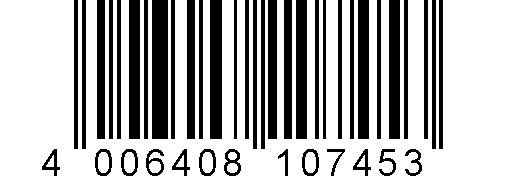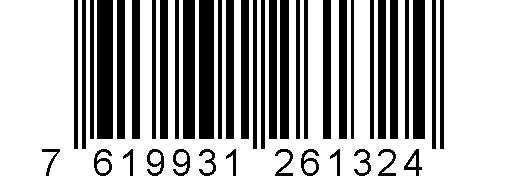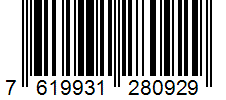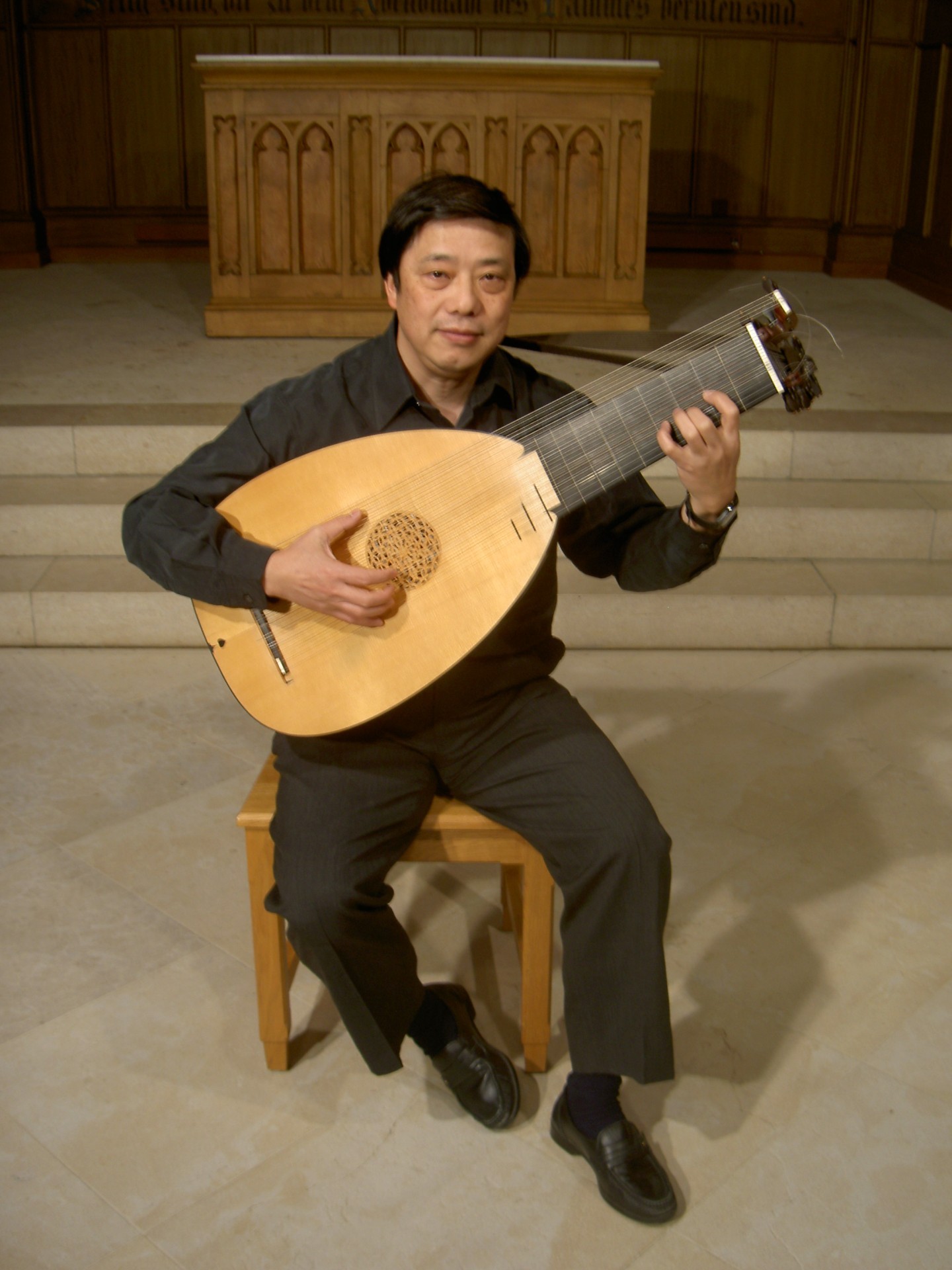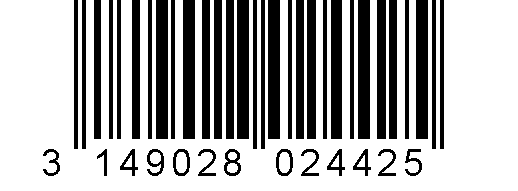Silvius Leopold Weiss: Music for Lute
Jacques Duphly: Pièces de Clavecin
Media Review / Listening Diary 2013-01-18
2013-01-18 — Original posting (on Blogger)
2013-08-07 — New standard layout applied
2014-11-08 — Re-posting as is (WordPress)
2016-07-11 — Brushed up for better readability
Table of Contents
Silvius Leopold Weiss: Music for Lute
The CDs
Yasunori Imamura: Weiss, Lute Sonatas
Silvius Leopold Weiss: Lute Sonatas
Capriccio 10 745 (CD, stereo); ℗ 1997

Yasunori Imamura: Weiss, Lute Sonatas, vol.1
Silvius Leopold Weiss: Lute Sonatas, vol.1
claves records 50-2613 (CD, stereo); ℗ / © 2006

Yasunori Imamura: Weiss, Lute Sonatas, vol.2
Silvius Leopold Weiss: Lute Sonatas, vol.2
claves records / iTunes download (256 Kbps, stereo); ℗ / © 2008
(no booklet)

The Composer
Silvius Leopold Weiss (1687 – 1750) probably is the most famous, prominent, and probably the most prolific German lute composer. Note: he wrote his first name with “i”, the spelling “Sylvius” is based on the title of a copy of a portrait, of which the original is lost. He is Bach’s almost exact contemporary and spent most of his life as court lutenist in Dresden. His compositions were essentially forgotten and were rediscovered only over the last century; the bulk of his works were published only after 1976.
Recordings by Yasunori Imamura
If you like lute music, there’s now hardly a way around Weiss (unless you restrict yourself to lute music from a specific country such as England). His Website lists numerous recordings with many artists; apart from the occasional encounter on the radio I have not ventured listening to recordings systematically. However, I do have all of Yasunori Imamura‘s three CDs — and I like all three of them — the sound is very warm, detailed, transparent, cozy, and the music is — simply very nice. I enjoyed it a lot and can only recommend these CDs! I do have a slight preference for vol.2 above — but each of the CDs contains pieces that I can listen to many times without getting tired!
The following Photo is taken from the artist’s Website (I hope that’s OK!?) — I don’t own any rights on this:
Jacques Duphly: Pièces de Clavecin
Jacques Duphly: Pièces de clavecin
Harmonia mundi France AP043 (2 CDs, stereo); ℗ / © 2012

In some ways, one can see this as a continuation to my earlier blog entry “Forqueray: The Attraction of the Deep”. Some 30 years ago, I had some rare encounters with compositions by Jacques Duphly (1715 – 1789): for one, my wife has come across a few pieces when she took harpsichord lessons with Johann Sonnleitner (*1941) in Zurich. Also, the more I think about it, the more I believe that Gustav Leonhardt (1928 – 2012) did not play a piece by Forqueray in the concert in Zurich that I mentioned in my blog entry from May 2012, but rather “La Forqueray” from the third book of pieces for the harpsichord by Duphly, also included on the above CD.
It is also likely that we heard Johann Sonnleitner play Duphly on one of the few, but marvelous harpsichords built by Othmar Zumbach (1929 – 1991) in Wetzikon.
What’s Special about Duphly?
What struck us both with these compositions is Duphly’s obvious affinity for the deepest register on the harpsichord. Not every instrument has a distinct bass sound, but that’s certainly clearly noticeable on fully sounding instruments with less focus on high harmonics, such as Italian harpsichords, German, or some Flemish instruments. Duphly must have been one of the last composers focusing almost exclusively on the harpsichord (Mozart died only two years after him). One source claims that he was playing the harpsichord exclusively in order not to spoil his hands with the organ keyboard!
There is more to it, I think, though. For one, in that last original period of harpsichord building (ignoring the revival in the 20th century), the instrument has reached its most mature state, in which many instruments must have expanded the tonal range. The same happened with the emerging fortepiano which was gradually expanding the number of keys at both ends over the following decades. In 1742, Duphly moved to Paris, where he must have met the famous harpsichord maker Pascal Taskin.
Then, even though Duphly appears to have used Rameau’s harpsichord music as models, he evolved from there. His writing (i.e., the texture of his pieces) is taking up elements from pre-classical composers. So, the harpsichord permitting, he appears to know very well how to get the “biggest effect” from the lowest keys in the instrument!
A Recording with Christophe Rousset
About this set of CDs: Christophe Rousset (*1961) is a fantastic harpsichordist. He studied under Huguette Dreyfus (1928 – 2016) in Paris, and under Bob van Asperen (*1947) in the Hague. On these CDs he is playing a marvelous, period instrument by Christian Kroll (Lyon, 1776). Kroll (ca.1747 – 1782) was a German harpsichord builder who arrived in Lyon around 1770, coming from Soldine (Brandenburg). The harpsichord used here has apparently remained in the original state. It belonged to the same family in the Lyon area since its acquisition in 1776. It now belongs to a harpsichord maker (Marc Ducornet) and has been on display in the Musée de Chartres since 2008, obviously restored.
The instrument has two manuals, two 8′ and a 4′ stop and a lute stop (the latter rarely — if ever — used on this CD), and it ranges down to the low E. Harpsichords from the Lyon area apparently often extended as far down as this one. Still, this instrument is not a typical French harpsichord. However, in my opinion, it comes with lots of the sound characteristic of a “northern” (German or Flemish) instrument. It is ideal for Duphly’s music! Unlike typical French instruments, it has a full, warm, sonorous sound, and the bass register is simply overwhelming! Rousset’s articulation is very careful, yet rich and detailed.
Finally, just briefly about the music on these CDs: I can only give my warmest recommendation for this recording! I really like this music and its performance. Not all pieces may be quite at the same, high level — but overall, this is very well worth listening to!
Listening Diary Posts, Overview



